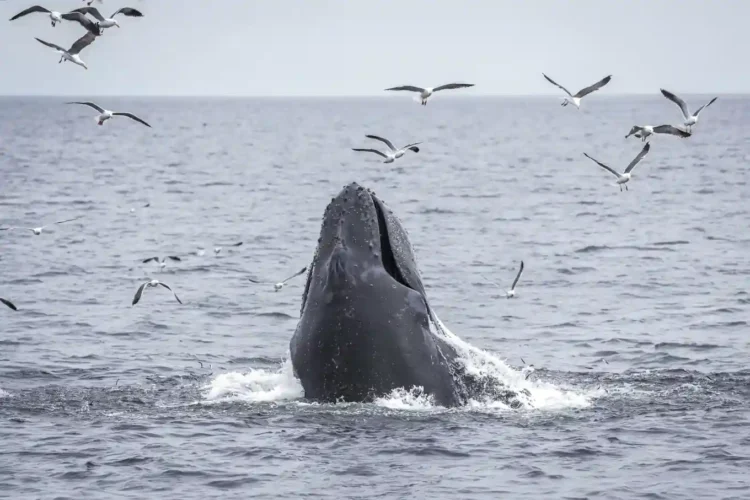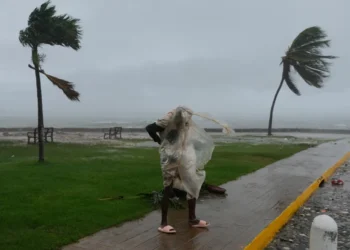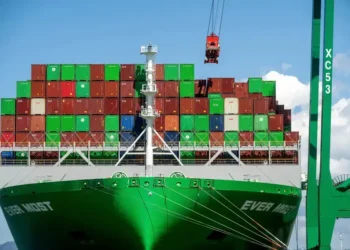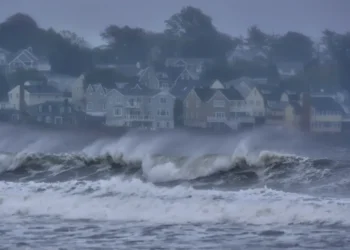As Trump Paring Ocean Protections, California Moves to Expand Them
Off California’s Channel Islands, the early morning light illuminates glowing strands of kelp, where sea lions and schools of fish swim through the golden seaweed. This stunning underwater world is a testament to over two decades of ocean conservation. It’s a vivid reminder of what protection can achieve.
However, things are taking a different turn in the Pacific. The Trump administration recently moved to open up 500,000 square miles of protected waters, including the vast Pacific Remote Islands Marine National Monument, to commercial fishing. This shift marks a significant rollback of federal ocean protections, changing the landscape for marine conservation.
Meanwhile, California is heading in the opposite direction. As the state begins its first-ever 10-year review of its marine protected area (MPA) network, a coalition of scientists, tribal leaders, and environmentalists are pushing for even greater protections. Their goal? To expand these areas, ensuring that California’s oceans remain healthy, diverse, and resilient.
California’s Marine Legacy: A National Treasure
“These underwater ecosystems are our version of Yellowstone,” says Dr. Douglas McCauley, director of the Benioff Ocean Science Laboratory at UC Santa Barbara. He’s aboard a dive boat headed to the Channel Islands, where a large portion of waters have been protected since the early 2000s. This protection has been a win-win: not only does it safeguard marine life, but it also bolsters the tourism industry, attracting scuba divers and snorkelers from around the world.
California’s MPA network, established in 2003, now covers roughly 16% of state waters. Some of these zones are no-fishing areas, while others allow limited use. The idea, under the Marine Life Protection Act of 1999, was to create a scientifically backed system to rebuild ecosystems and reverse the damage done by overfishing and habitat loss.
The Channel Islands, one of the first protected areas, now sees about 20% of its surrounding waters fully protected. However, proposed expansions have sparked controversy, particularly among the fishing community.
Fishermen Weigh In: Balancing Protection and Access
Blake Hermann, a fourth-generation fisherman from Ventura County, has spent his life fishing around the Channel Islands. He understands the importance of protecting nearshore species like sea bass and lobster. However, he argues that some closures go too far, particularly for migratory species like swordfish and tuna, which only pass briefly through these zones.
“It’s important to protect what makes sense to protect, but we can also still give some access back to fishing,” Hermann says. He believes a balanced approach can allow for conservation without restricting fishermen’s livelihoods.
Fighting for the Future: The Case for Expanding Protections
Environmental advocates are pushing for an expansion of California’s MPAs, warning that climate change and new industrial activities are putting even more pressure on the ocean. Sandy Aylesworth, director of the Pacific Initiative for the NRDC, emphasizes that protecting the oceans is not just about preserving marine life but safeguarding the future of all who rely on it. “We’re really protecting ourselves,” Aylesworth says, noting that expanding protections will help California’s oceans face future challenges.
The final decisions on the MPA review are expected early next year, but it’s clear that finding the right balance between access and protection will be key.
A National Shift in Ocean Conservation
While California looks toward expansion, the Trump administration is rolling back protections at the national level. Under an executive order, the administration has lifted restrictions on fishing in the Pacific Remote Islands, a vast area originally protected by Presidents George W. Bush and Barack Obama. Supporters argue this will benefit commercial fishing interests, but conservationists fear the move will harm the rich marine life in the region, including coral reefs, sea turtles, and whales.
In the face of these federal rollbacks, experts like Molly Morse of the Benioff Ocean Science Laboratory stress the importance of local action. “It makes it even more critical here at the state level that there is this expansion of protections to balance out some of those rollbacks,” she explains.
A Glimpse of the Wild: A Powerful Reminder
Back on the boat near Anacapa Island, a school of sardines shimmers beneath the surface, drawing seabirds and dolphins into a feeding frenzy. Humpback whales surge up from the deep, mouths wide open, consuming fish by the gallon. Despite the bustling ports, oil rigs, and fishing boats nearby, these waters remain a sanctuary of wildness — a reminder of what’s at stake and why expanding protections is crucial for the future.
Dr. McCauley puts it simply: “We’ve got a lot of industries here, but in the middle of all that, we still have a place where nature can thrive.” Expanding marine protections may be the key to preserving that wildness for generations to come.
Source: AP News – As Trump pares back ocean protections, California weighs expanding them
This article was rewritten by JournosNews.com based on verified reporting from trusted sources. The content has been independently reviewed, fact-checked, and edited for accuracy, tone, and global readability in accordance with Google News standards.
Stay informed with JournosNews.com — your trusted source for verified global reporting and in-depth analysis. Follow us on Google News and BlueSky for real-time updates.
JournosNews.com follows Google News content standards with original reporting, verified sources, and global accessibility. Articles are fact-checked and edited for accuracy and neutrality.












